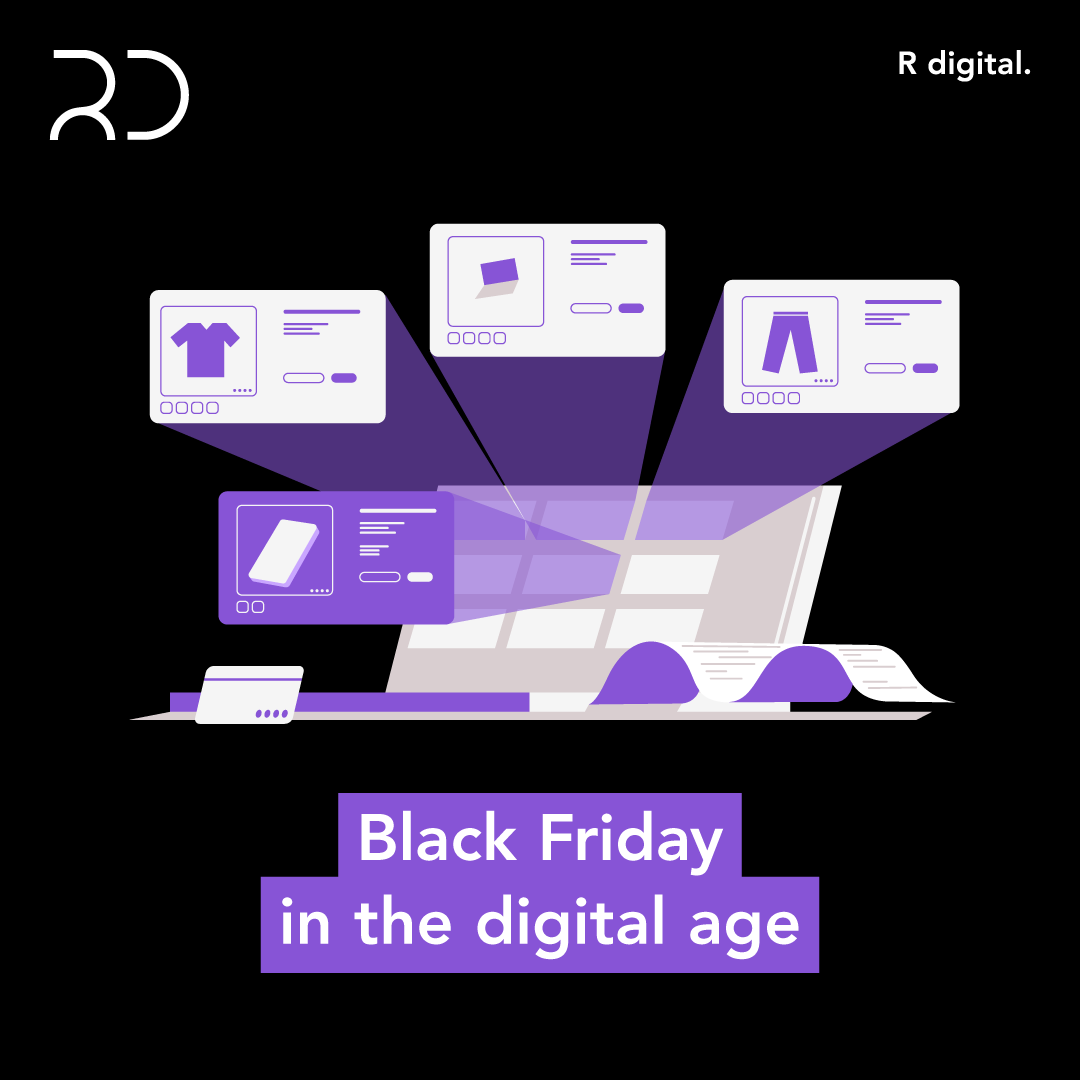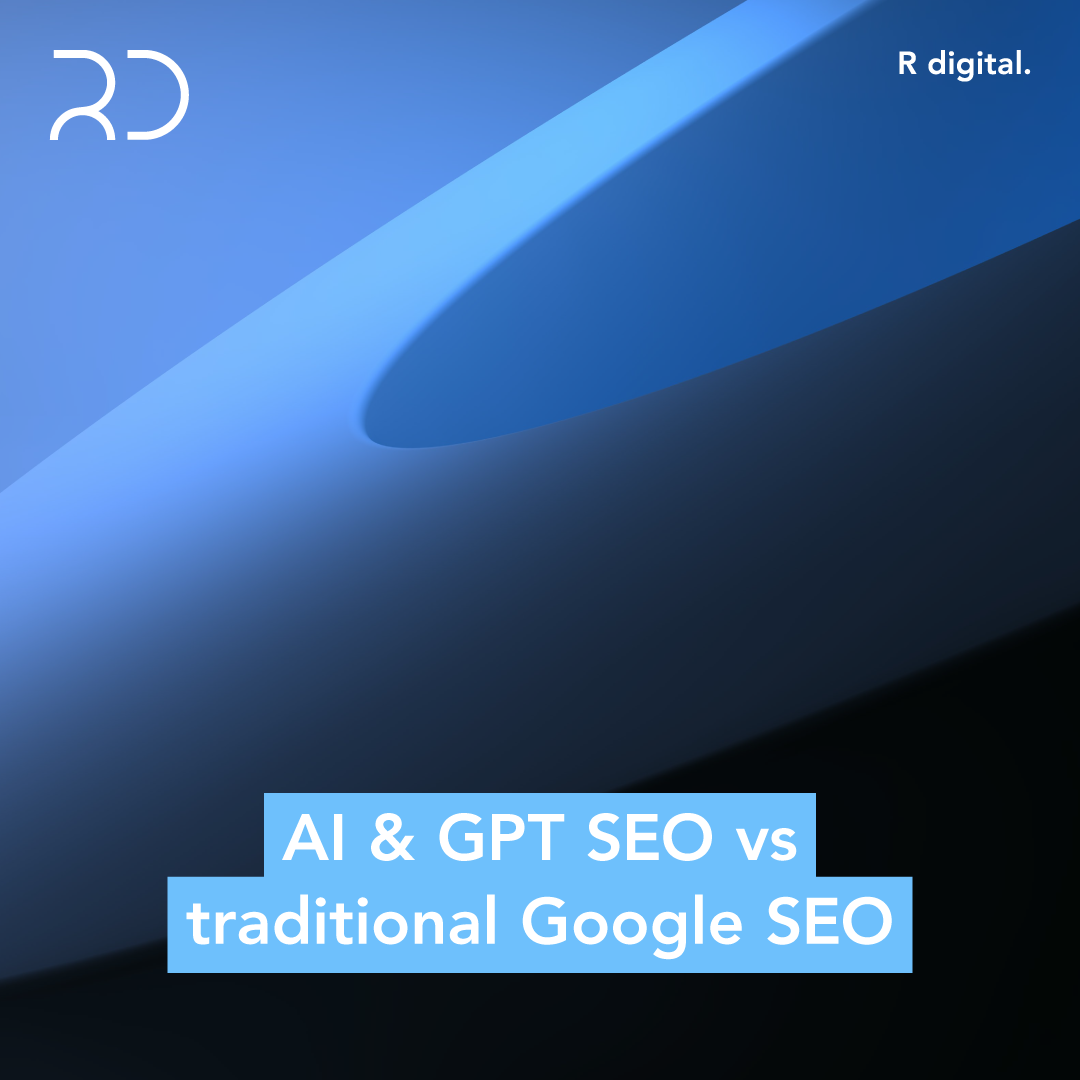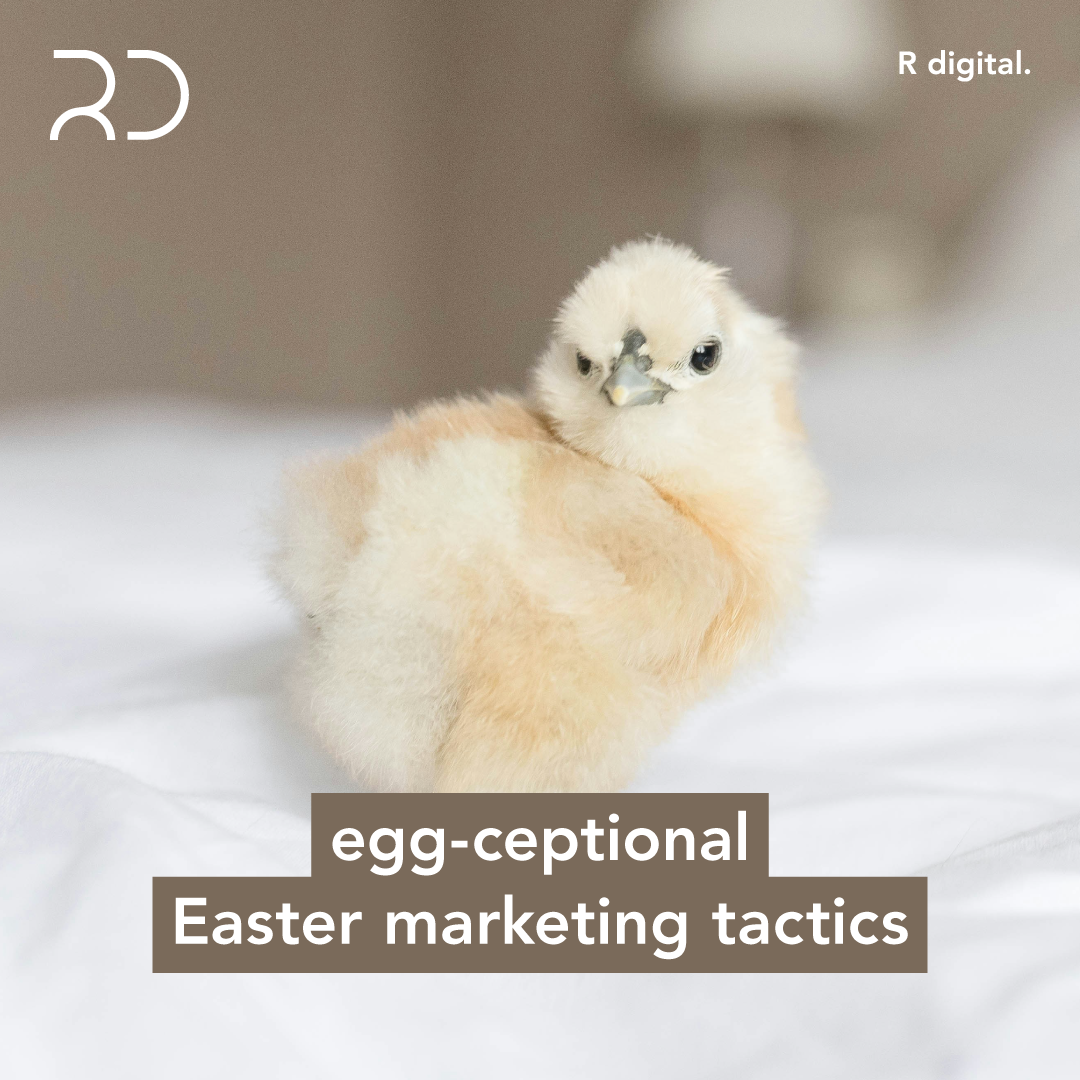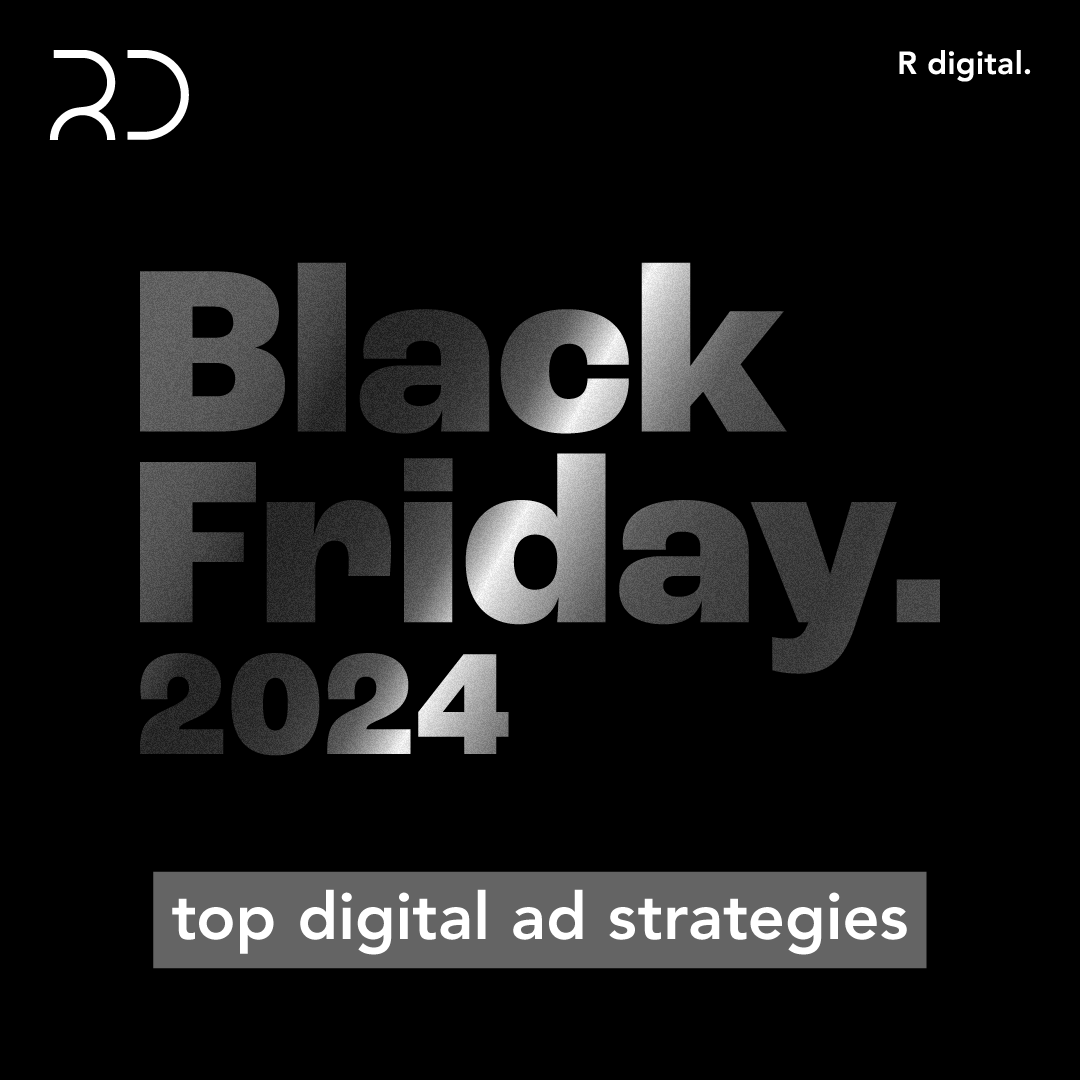Have you ever felt the sudden urge to Google something? Whether it’s an old song stuck in your head, the name of a person you see on TV, or to check the price of a cool jacket you see someone wearing across the street. This is what Micro Moments are all about!
This strange impulse to look up a TV show or price of a similar-looking jacket turns us towards a device, usually our phones. But Googling something is never a one-way transaction of information; we’re telling the search engine what we want and brands that can meet our needs will try their best to persuade us with well-placed banner ads and images.
What are Micro-Moments?
These instances occur when we pick up a device as a reflex to fulfill a need or know about something and they shape the Micro Moment Marketing Model. Micro-moments provide a valuable opportunity to online businesses to gain your attention. With the right amount of persuasion and a combination of well-placed ads, brands can convert a lead into a sale.
This model doesn’t only help in making sales, for forming perspectives as well. If people pick up their phone to learn about an international event or occurrence, the kind of content they come across first is most likely to shape their views. According to specialists in consumer behavior, these are intent-rich moments when consumers are most likely to make a purchase or form a preference in response to something.
How Can Brands Benefit from the Micro-Moments Marketing Model?
According to Google statistics, over 80 percent of consumers use their smartphones to influence their buying decision before they’re about to purchase something at a store’s physical location. In addition, around 90 percent of users turn to a search engine while in the middle of performing a task so they can get ideas or a source of inspiration. While consumers are browsing on the web, 50 percent of users have come across a new brand or company that can meet their needs.
The stats show that brands have a particularly powerful impact on a consumer’s buying decisions if they act at the time and give people exactly what they’re looking for. As a brand that’s competing to stay afloat in the market, you have a chance to get ahead of your competitors by providing more information to your audience. If rival businesses are leaving out some essential information in their marketing campaigns, it’s a chance for you to fill those gaps and get the customer’s attention.
Best Practices for Leveraging Micro-Moments
Based on Google’s suggestions, brands should focus on four main instances to leverage micro-moment marketing.
I Want to Buy – Moments
This is when consumers are ready to make a purchase and have most likely purchased a similar product before. Most people want to buy something that’s considered a necessity, such as coffee filters or toilet paper.
I Want to Do – Moments
This is when users need help in finishing a task, like boiling rice, removing mold stains, or fixing a button that popped off. Also, people will be in search of artistic inspiration.
I Want to Go – Moments
This is when a person needs information before going to a certain place, business, or location.
I Want to Know – Moments
These moments are when a business wants to learn about something, particularly about an event, person, or a product that they’re not ready to buy.



